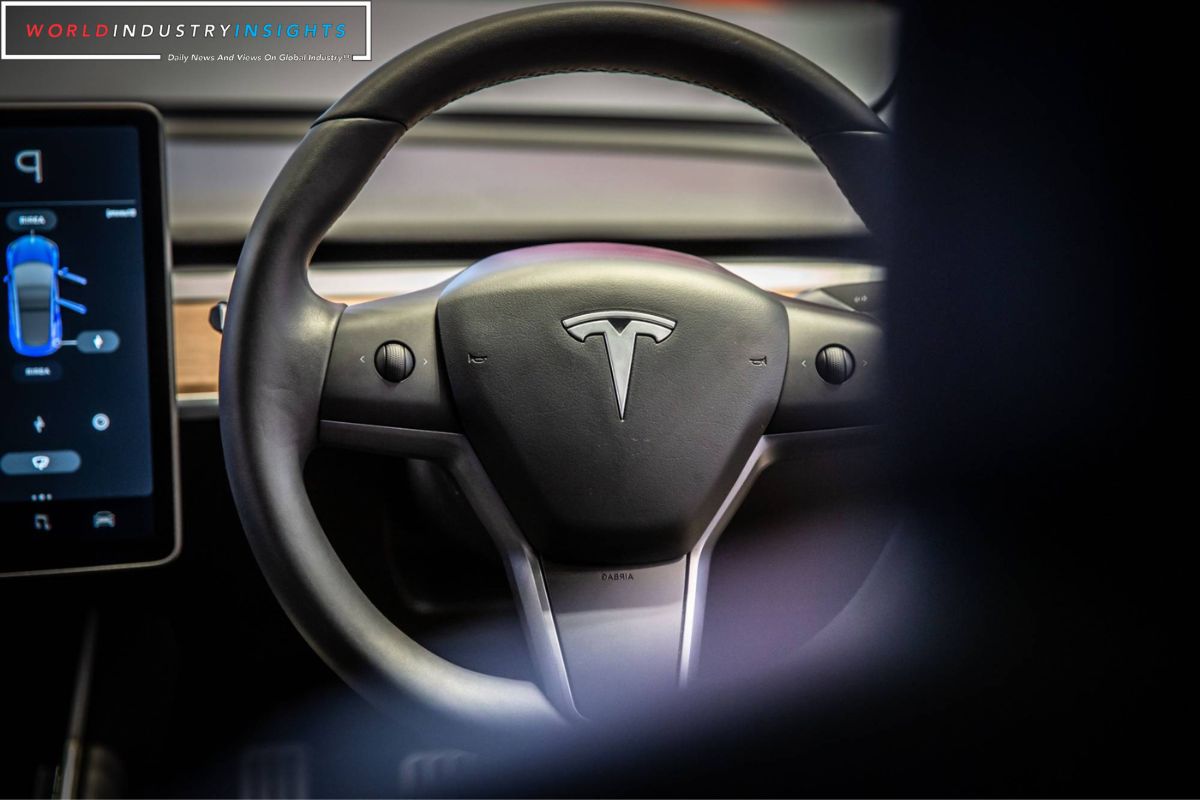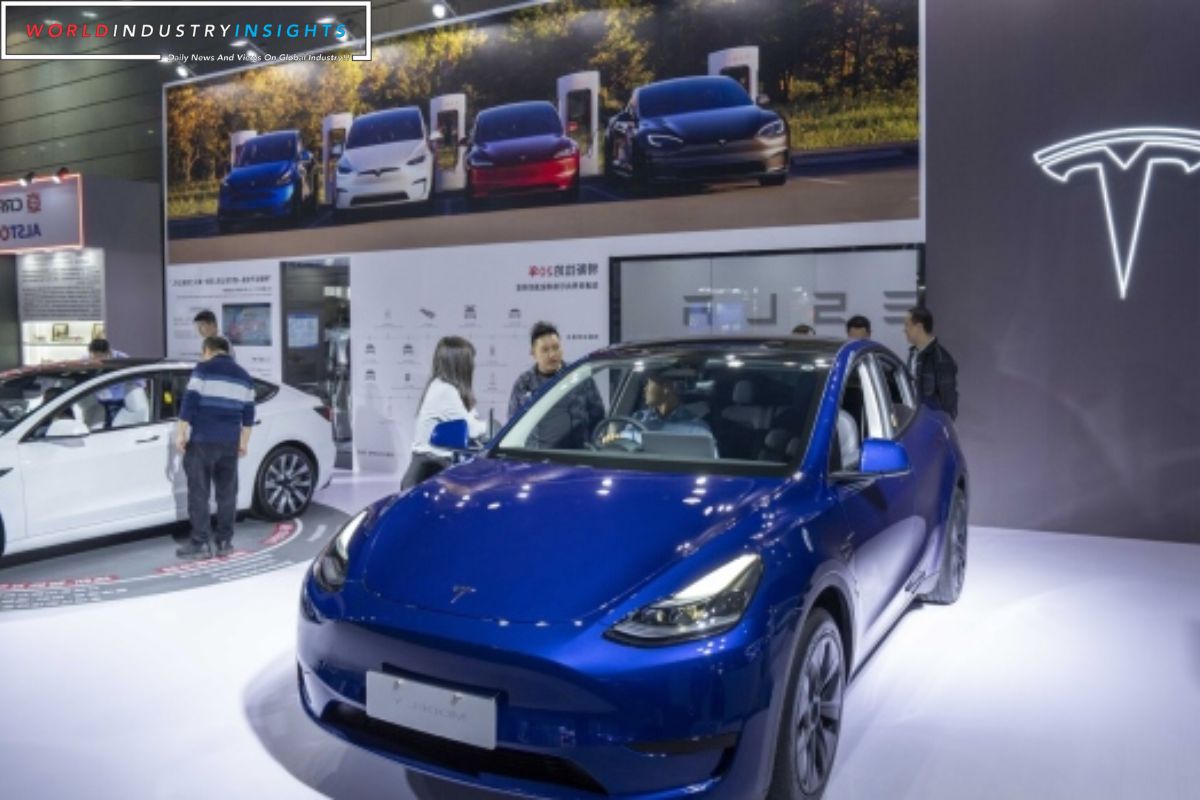Tesla Stalking Scandal: In May 2020, the San Francisco Police Department found itself entangled in a unique case that brought to light the intersection of technology and domestic abuse. Police Sergeant David Radford contacted Tesla, the electric vehicle giant, seeking crucial data related to a disturbing case of alleged stalking.
The narrative unfolded when a distressed woman approached the police, visibly shaken. She recounted a harrowing tale of her abusive husband violating a restraining order by employing the technological features embedded in their 2016 Tesla Model X for stalking purposes. The SUV, equipped with remote access functionalities through a smartphone app, allowed owners to control various aspects, including the vehicle’s location.
The gravity of the situation escalated when the woman discovered a metal baseball bat in the back seata chilling echo of past threats from her husband. Weeks later, Sergeant Radford turned to Tesla, requesting data that could potentially aid the investigation. However, the response from a Tesla service manager revealed a limitation: remote-access logs were only accessible within a seven-day window of the recorded events. This presented a roadblock for Radford, stalling the investigation.
This incident sheds light on a growing trend cases of technology-enabled stalking involving cars. As automakers introduce increasingly sophisticated features like location tracking and remote control functionalities, a new frontier of abuse emerges. Interviews with divorce lawyers, private investigators, and anti-domestic violence advocates indicate a concerning rise in such cases.
Despite these anecdotes, quantifying the scope of abuse remains challenging. Tesla, for instance, has encountered at least one more case of stalking through its vehicle app, according to testimony in the San Francisco woman’s lawsuit. However, many details remain undisclosed, as attorneys and advocates cite privacy and security concerns.
Also Read: Tesla Gains Momentum in Nuevo Leon with $153 Million Boost for Futuristic Factory Project
The San Francisco case serves as a microcosm, illustrating the intricate considerations technology companies and law enforcement agencies must navigate. Other automakers provide similar tracking and remote-access features, prompting the Alliance for Automotive Innovation (AAI), a technology-focused trade group, to acknowledge the need for protections. In 2021, AAI cited spousal violence as a reason to resist the release of location or personal data under a new California privacy law.
Automakers, recognizing the potential misuse of data, have started implementing safeguards. General Motors, for instance, allows all drivers to mask their location through the OnStar mobile system, irrespective of ownership status. Rivian, a manufacturer of electric trucks and SUVs, is developing a similar function.
The San Francisco woman, in her pursuit of justice, took legal action against her husband and Tesla in 2020. Accusing Tesla of negligence for granting her husband access despite the restraining order, the lawsuit sought monetary damages. However, Tesla’s defense prevailed, asserting a lack of proof connecting the husband’s actions to the vehicle’s technology. The woman and her husband settled the lawsuit in 2023, the terms undisclosed, with their divorce case still pending.
This complex case underscores the challenges posed by the evolving landscape of automotive technology and its potential misuse. As automakers continue to innovate, striking a balance between providing cutting-edge features and protecting users from abuse becomes a critical consideration.
The Alliance for Automotive Innovation’s stance reflects the ongoing dialogue surrounding privacy and the responsibility of technology companies in preventing their products from becoming tools for abuse. The implications extend beyond this specific case, prompting broader discussions about the role of the automotive industry in addressing the complexities of technology-enabled domestic abuse.
Our Reader’s Queries
What is the problem with Tesla in 2023?
A driver recently shared in an interview that his 2023 Model Y, which was brand new, suddenly jerked to the right when the power-steering failed at high speed. This caused the vehicle to almost veer off the road and into a ditch. According to Tesla’s records, at least 11 drivers have reported crashes that were caused by issues with the suspension, steering, or wheel assembly.
What is the failure rate of a Tesla?
TUV SUD’s latest report reveals that the fault rate of a Tesla Model 3 will exceed the average after two to three years of use. The vehicle was placed at the bottom of the TUV 2024 report, with a fault rate of 14.7%.


